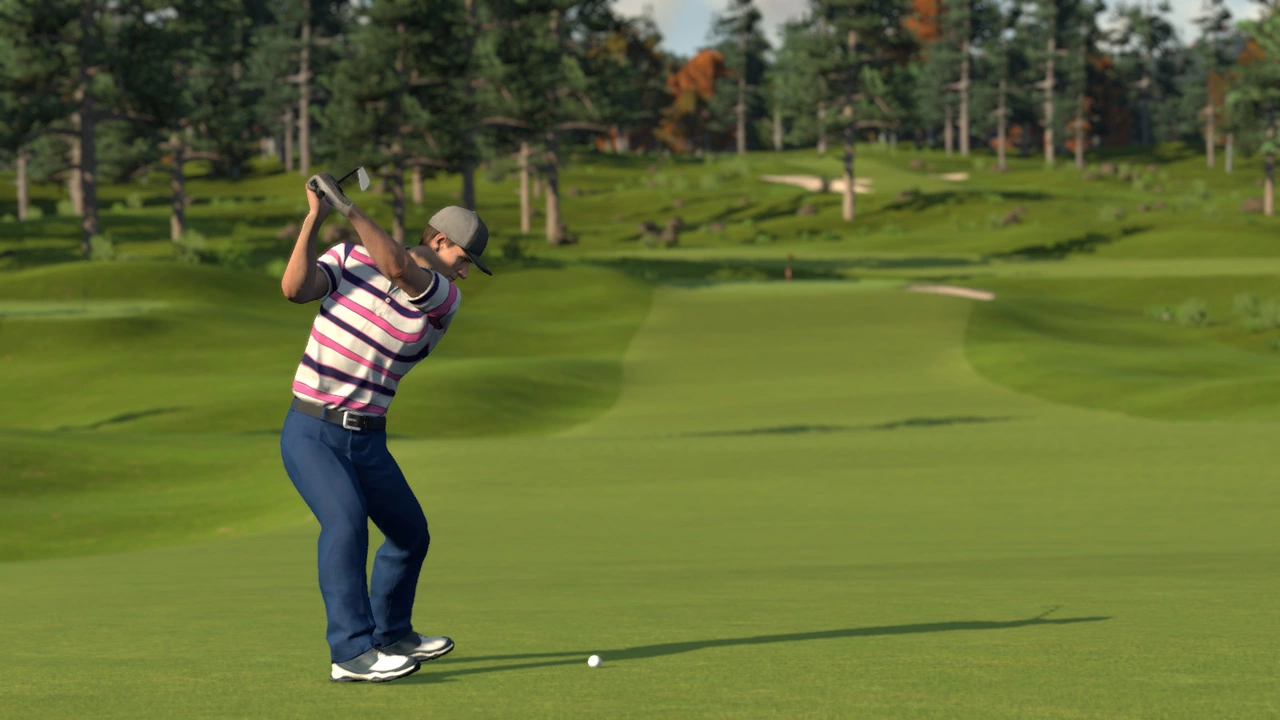Accidentally Throw – What It Means and How to Avoid It
When talking about accidentally throw, the act of releasing a ball, club, or any equipment without intention, often due to grip loss or mis‑timed swing. Also known as unintentional toss, it can turn a routine shot into a safety issue in seconds.
This phenomenon isn’t limited to one sport. In golf, a slipped grip can send the golf ball, the small dimpled sphere that travels the fairway hurtling off‑course, while a mishandled golf club, the tool that shapes every swing might strike a bystander. In other games, a basketball or a frisbee can be accidentally throwed, causing missed points or injuries. Understanding the root causes helps you prevent them before they happen.
Common Causes of Accidentally Throwing in Golf
One big driver is grip pressure. Too tight and your hands vibrate; too loose and the club slips. Weather adds another layer—rain or humidity makes the shaft slick, and sudden wind can yank a ball from your stance. Poor swing technique, especially an early release, creates a torque that pushes the club head outward, often resulting in an unintended release. Finally, fatigue dulls proprioception, so even seasoned players can misjudge the point of impact and let the ball fly off target.
Equipment choice matters, too. Modern clubs with lightweight shafts reduce swing weight, but they also require a firmer grip to stay secure. Conversely, older, heavier clubs feel more stable but can fatigue the wrists faster. Selecting the right safety gear, such as gloves with proper tackiness, can dramatically cut the chance of an accidental throw. Simple adjustments—like swapping to a glove with a larger palm surface—give you better control without changing your swing.
Beyond gear, mental focus plays a hidden role. A distracted mind may lead to an early swing, causing the club to release before the ball is square. Many players notice that the moment they start worrying about the scorecard, their grip loosens. Training drills that emphasize steadiness—like holding a club at address for 30 seconds while counting breaths—help rewire that habit. The goal is to make a stable grip feel natural, even under pressure.
When an accidental throw does happen, the fallout can be more than just a lost ball. A wayward swing can damage nearby property, cost time to retrieve a ball from a water hazard, or worse, injure a fellow player. In tournament settings, a single mis‑throw can affect the group’s rhythm and lead to penalties. Knowing the potential consequences raises the stakes for preventive measures.
Fortunately, the golf community offers plenty of resources. Video analysis apps let you replay the moment of release in slow motion, highlighting exactly where the grip failed. Coaching clinics often include a “mistake‑catch” segment, teaching you to recognize the early signs of an accidental throw. Online forums also share real‑world stories—like the time a player’s wet glove caused a ball to bounce into a waiting cart—offering practical tips you can adopt immediately.
All these angles—grip, weather, technique, equipment, and mindset—interlock to shape whether you’ll accidentally throw or keep the ball where it belongs. Below you’ll find a curated collection of posts that explore each factor in depth, from weather‑related alerts to the best clubs for a stable swing. Dive in, pick the pieces that match your game, and turn that accidental toss into a thing of the past.

What happens if you accidentally throw the golf club at TopGolf?
During my recent visit to TopGolf, I witnessed someone accidentally throw their golf club while taking a swing. It created quite a commotion, as employees had to temporarily halt games to retrieve the club. Thankfully, no one was injured, and the staff handled the situation professionally. The person responsible was embarrassed but not penalized, as accidents do happen. However, this incident serves as a reminder to always maintain a proper grip and be aware of our surroundings while enjoying a fun day at TopGolf.